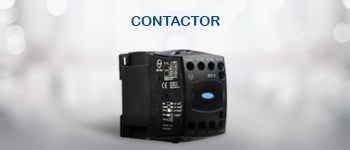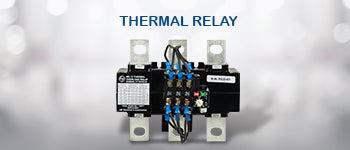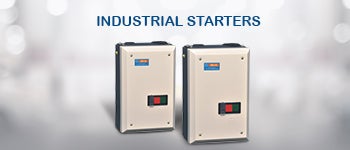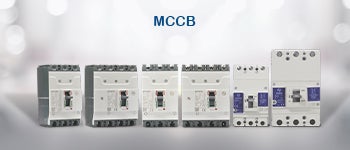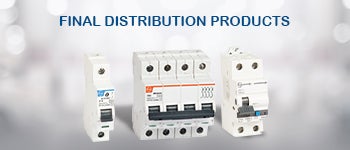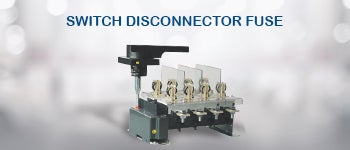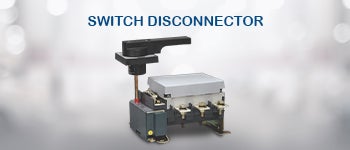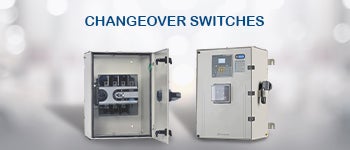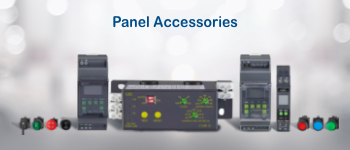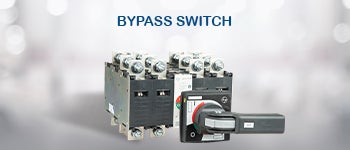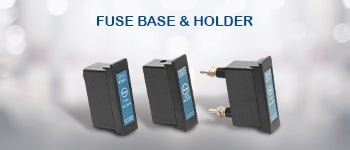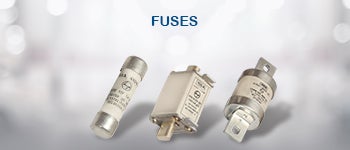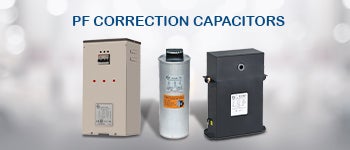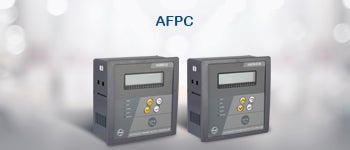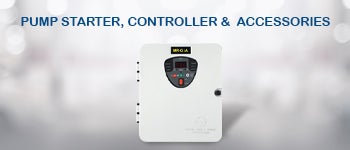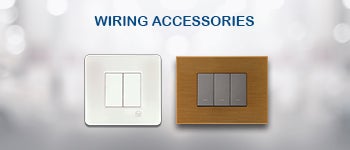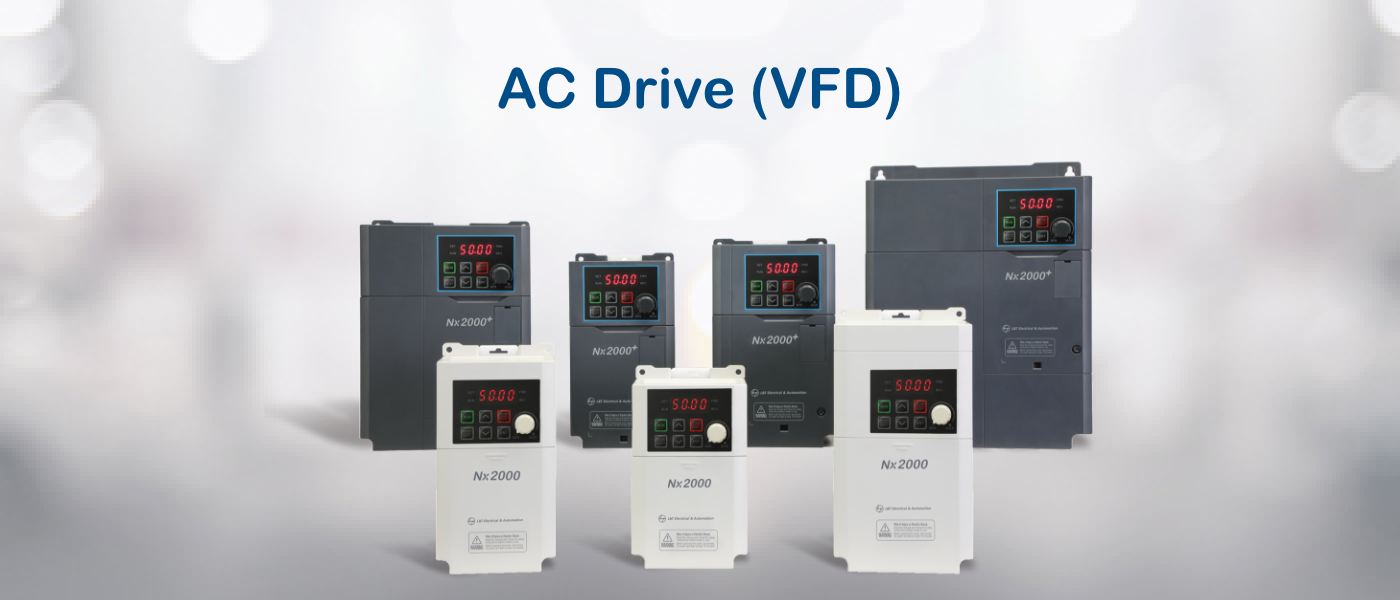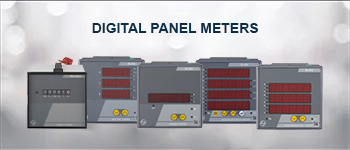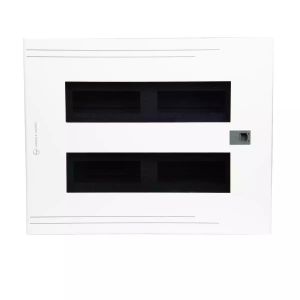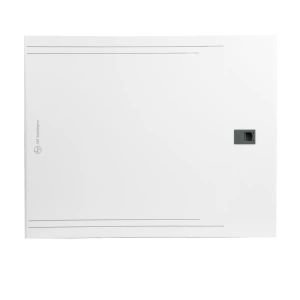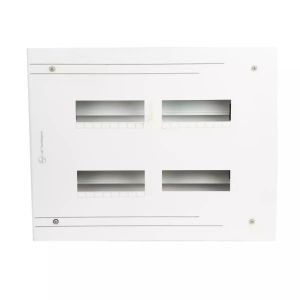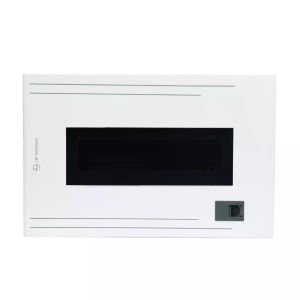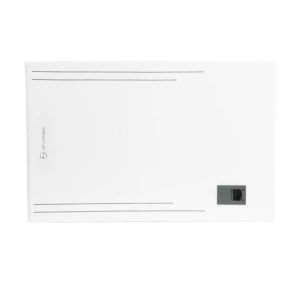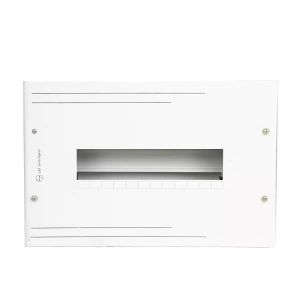

L&T EXORA MCBs Switches, DB Boards, RCCBs & Isolators
L&T EXORA offers a comprehensive range of electrical solutions, including MCBs (Miniature Circuit Breakers), DB Boards (Distribution Boards), RCCBs (Residual Current Circuit Breakers), Isolators, and a variety of accessories. Renowned for their cutting-edge technology and adherence to global safety standards, L&T EXORA products are designed to meet the diverse needs of residential, commercial, and industrial applications.
Types of L&T MCBs Switches, DB Boards, RCCBs & Isolators
The following are the different types of L&T MCBs Switches, DB Boards, RCCBs & Isolators:
By Type:
1. MCB (Miniature Circuit Breakers):
MCBs play a crucial role in protecting electrical circuits from overloads and short circuits. L&T EXORA MCBs come in various types, offering unparalleled safety features.
2. DB (Distribution Boards):
Distribution Boards serve as centralized units for electrical distribution. L&T EXORA DB Boards are meticulously designed for efficient power distribution and safety.
3. RCCB (Residual Current Circuit Breakers):
RCCBs are vital for protecting against electrical shocks by detecting and tripping on imbalances in current. L&T EXORA RCCBs ensure enhanced safety in electrical installations.
4. Isolator:
Isolators are crucial components for disconnecting electrical circuits for maintenance or safety purposes. L&T EXORA Isolators guarantee reliable disconnection when needed.
5. Accessories:
L&T EXORA offers a range of accessories to complement their MCBs, DB Boards, RCCBs, and Isolators. These accessories enhance functionality and provide additional features for customization.
By Poles:
1. SP (Single Pole):
Designed for single-phase circuits, SP configurations are ideal for residential and light commercial applications.
2. DP (Double Pole):
DP configurations safeguard both live and neutral conductors in single-phase setups, ensuring comprehensive protection.
3. TP (Three Poles):
TP configurations are specifically designed for three-phase circuits, offering robust protection and stability.
4. FP (Four Poles):
FP configurations provide enhanced protection in three-phase systems, addressing live and neutral conductors comprehensively.
5. TP+TP (Double Three Poles):
Combining two sets of three poles, TP+TP configurations cater to specific applications requiring dual three-phase protection.
By Current Rating and Rated Operational Voltage:
Current Ratings:
- In the individual category, EXORA MCBs Switches, DB Boards, RCCBs & Isolators offer a comprehensive range of current ratings from 0.5A to 63A. This versatility allows users to select the precise current rating suitable for their specific applications, ensuring efficient circuit protection.
- The Combo feature of the EXORA series, present various combinations of AC and DC current ratings:
- 16A AC + 16A DC
- 25A AC + 16A DC
- 32A AC + 16A DC
- 32A AC + 32A DC
Rated Operational Voltage:
- In the individual category, EXORA MCBs Switches, DB Boards, RCCBs & Isolators accommodate a range of operational voltages to suit different applications:
- 240V
- 415V
- 250V
- 130V
- 500V
- The Combo feature further emphasizes flexibility by providing a combination of 240V AC and 500V DC. This feature is particularly useful in setups requiring simultaneous protection for both AC and DC circuits.
Range of Exora MCBs Switches, DB Boards, RCCBs & Isolators
It includes the following ranges:
Sensitivity:
EXORA MCBs are available with different sensitivities, including 30mA, 100mA, and 300mA. This range allows users to select MCBs tailored to the specific requirements of their electrical systems.
Door Type:
Double Door IP43:
Ensuring protection against dust and water ingress, the Double Door IP43 configuration is suitable for applications where environmental resilience is essential.
Glazed Door IP43:
Featuring a glazed door for visibility and an IP43 rating, this configuration offers both protection and transparency for easy monitoring of circuit status.
Single Door IP30:
With an IP30 rating, the Single Door configuration provides protection in less demanding environments, making it suitable for various applications.
Where to buy L&T EXORA accessories
For those seeking L&T EXORA accessories, authorized dealers, electrical supply stores, and online platforms offer a reliable source. L&T's official website provides information on authorized distributors, ensuring customers can access genuine products and expert advice. Additionally, contacting L&T's customer service directly can guide customers to reputable outlets for acquiring authentic EXORA accessories.
FAQs about L&T EXORA MCBs Switches, DB Boards, RCCBs & Isolators
1. What is a capacitor duty contactor?
A capacitor duty contactor is a specialized electrical component designed for controlling and managing the switching of capacitors in power factor correction systems.
2. How does a capacitor duty contactor differ from a standard contactor?
Unlike standard contactors, capacitor duty contactors are specifically engineered to handle the unique demands and switching characteristics associated with capacitor banks.
3. What are the key components of a capacitor duty contactor?
The key components include a robust contactor mechanism, suitable for handling the inrush current of capacitors, and advanced features for efficient capacitor bank operation.
4. What is the significance of capacitor duty contactors in power factor correction?
Capacitor duty contactors play a crucial role in power factor correction by ensuring precise control and switching of capacitors, enhancing the overall efficiency of the electrical system.
5. Can capacitor duty contactors be used in various industries?
Yes, capacitor duty contactors find application across diverse industries, providing essential support in improving power factor and optimizing energy consumption.
6. Are there advancements or innovations in capacitor duty contactor technology?
Yes, continuous advancements in capacitor duty contactor technology include improved designs, enhanced durability, and features to meet evolving power distribution needs.
7. How do I select the right capacitor duty contactor for my application?
Selection involves considering factors such as capacitor bank size, voltage requirements, and inrush current characteristics. Consult with experts or refer to product specifications for accurate choices.
8. Can a capacitor duty contactor be used for other applications besides capacitor banks?
While designed for capacitor banks, the versatility of capacitor duty contactors allows their use in other applications requiring precise control and switching of electrical loads.
9. What safety features do capacitor duty contactors have?
Capacitor duty contactors often include safety features like arc suppression, overload protection, and mechanisms to handle high inrush currents, ensuring safe and reliable operation.
10. Are there specific safety precautions when working with capacitor duty contactors?
Always adhere to safety guidelines. Ensure the equipment is de-energized before maintenance, use appropriate personal protective equipment, and follow industry-standard safety practices.

